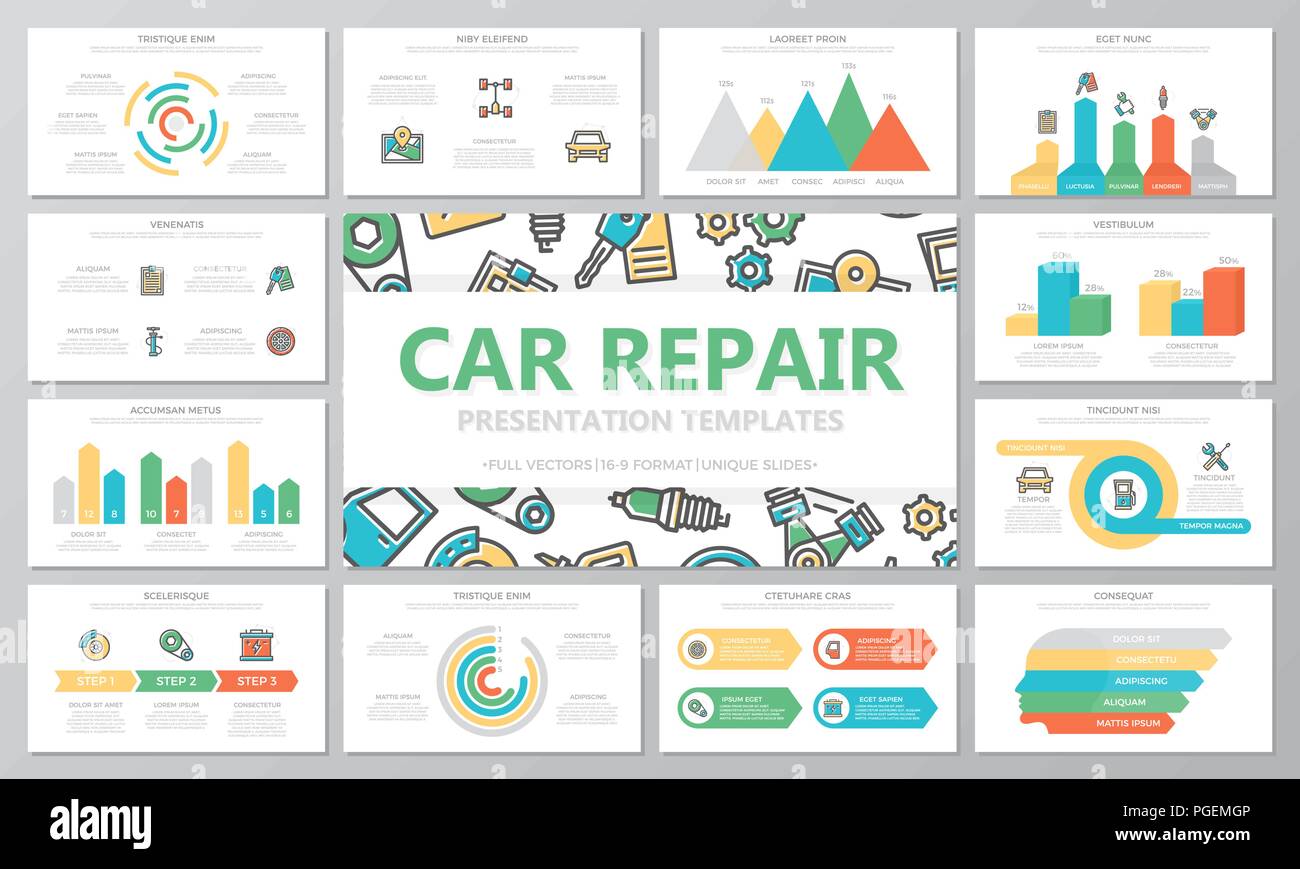Deciphering Your Car'S Caution Indicators: What They Really Symbolize
Deciphering Your Car'S Caution Indicators: What They Really Symbolize
Blog Article
Created By-Faulkner Corbett
When you're behind the wheel, those beautiful warning lights on your dashboard can be a little bit perplexing. Do you recognize what they're attempting to tell you about your automobile's wellness? Comprehending the significance of these lights is important for your safety and the longevity of your lorry. So, the following time among those lights turns up, would not you wish to understand its message precisely and take the necessary steps to address it?
Common Caution Lights and Interpretations
Identify common caution lights in your cars and truck and comprehend their definitions to make sure safe driving.
One of the most typical warning lights include the check engine light, which indicates concerns with the engine or emissions system. If this light comes on, it's crucial to have your car inspected without delay.
The oil stress cautioning light shows low oil pressure, requiring immediate focus to prevent engine damages.
A blinking battery light could recommend a damaged billing system, potentially leaving you stranded if not resolved.
The tire pressure tracking system (TPMS) light notifies you to reduced tire stress, influencing car security and fuel performance. Ignoring this could result in harmful driving problems.
The ABS light suggests a trouble with the anti-lock stopping system, jeopardizing your capacity to quit rapidly in emergency situations.
https://zionhcwup.blog2news.com/31791563/the-role-of-vehicle-detailing-in-enhancing-resale-value-proof-from-research but not least, the coolant temperature advising light warns of engine getting too hot, which can cause serious damage if not solved promptly.
Comprehending these common warning lights will help you deal with concerns without delay and preserve risk-free driving conditions.
Relevance of Prompt Attention
Recognizing the common caution lights in your automobile is just the first step; the relevance of without delay attending to these warnings can not be stressed sufficient to ensure your safety and security when traveling.
When a caution light illuminates on your control panel, it's your car's method of interacting a potential concern that requires focus. Disregarding Read the Full Report can lead to extra serious issues in the future, endangering your safety and possibly costing you extra in repairs.
Trigger focus to advising lights can avoid break downs and crashes. As an example, a flashing check engine light might show a misfire that, if left ignored, can cause damages to the catalytic converter. Resolving this without delay can save you from a costly repair service.
Likewise, a brake system cautioning light may indicate reduced brake fluid or worn brake pads, important components for your security when driving.
DIY Troubleshooting Tips
If you notice a warning light on your dashboard, there are a couple of do it yourself fixing pointers you can attempt before seeking professional help.
The first step is to consult your auto's handbook to comprehend what the specific caution light suggests. Occasionally the problem can be as straightforward as a loosened gas cap activating the check engine light. Tightening up the gas cap may fix the problem.
An additional typical problem is a reduced battery, which can trigger different alerting lights. Checking the battery links for deterioration and ensuring they're safe and secure may take care of the trouble.
If a warning light lingers, you can try resetting it by disconnecting the car's battery for a couple of minutes and then reconnecting it. In addition, examining your automobile's liquid levels, such as oil, coolant, and brake fluid, can help fix cautioning lights connected to these systems.
Conclusion
In conclusion, comprehending your car's caution lights is important for keeping your vehicle running smoothly and safely. By promptly dealing with these informs and understanding what they imply, you can prevent costly fixings and potential malfunctions.
Remember to consult your car's handbook for particular information on each cautioning light and take action accordingly to make certain a trouble-free driving experience.
Keep informed, stay risk-free when driving!
